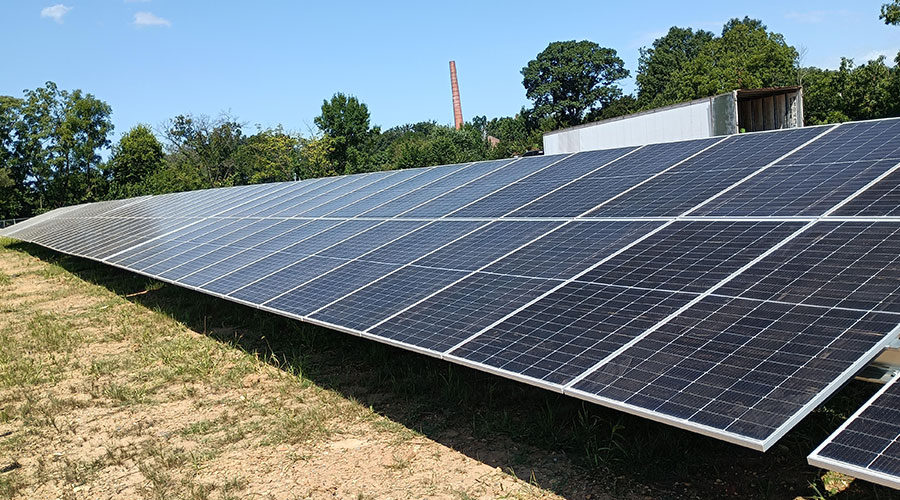Energy Management Systems: Lessons Learned at Kohl's, Adidas, Westfield
Another area to start small and focused is in the deployment of the retail energy management system. The temptation is to roll it out to the whole portfolio right away to try to start cashing in on economies of scale, but that would be a mistake. A better strategy is to first implement it on a smaller percentage of the portfolio, ideally to the facility managers who are most interested in energy management, Jaworski says. Their natural affinity will lead them to take the system for a full run, finding all the little loopholes and hiccups less fired-up team members might not notice.
Not only should facility managers know what they want the energy management system to accomplish, they should also know what they're going to do with all the data it will generate, says Emerson. Kohl's uses the Energy Star Portfolio Manager tool to gain visibility into their energy data, and they have 791 Energy Star-certified stores. "With an energy management system and using the Energy Star program, you have a lot of data," she says. "The trick is finding ways to utilize that data to give you direction and focus on your energy efficiency program." The system they have has a data analytics tool that allows Kohl's to do continuous commissioning to point out where they have opportunities for improvement, she says.
The data analysis component is part of the art of energy management, says Jaworski. It's the part that's too often not done. "It's teaching them (the FM team) how to slice and dice, how to use the graphing capabilities, how to use the reporting capabilities, how to diagnose where energy-saving opportunities are," he says of the challenges in rolling out an EMS across a portfolio. "That's the trick to it."
On a practical note, Beaudoin cautions against deploying a new energy management system in the summer when HVAC is needed most. He also says facility managers who have turned down an energy management system in the last few years due to an unfavorable ROI might want to revisit their options. With the pace of innovation in the market, a system that might have been too expensive or not efficient enough a few years ago might pencil out to a different ROI now.
And as always, "inspect what you expect," Beaudoin says. If you're expecting a certain savings from the energy management system, make sure to monitor that. If the expectation is that thermostats will be locked, those should be inspected three to six months out. "Make sure the system is functioning the way it was intended," he says.
Related Topics:













